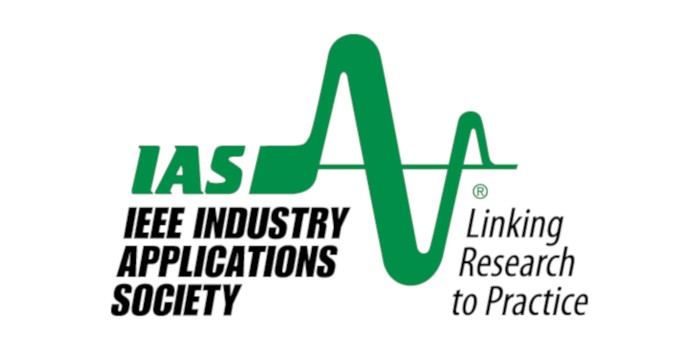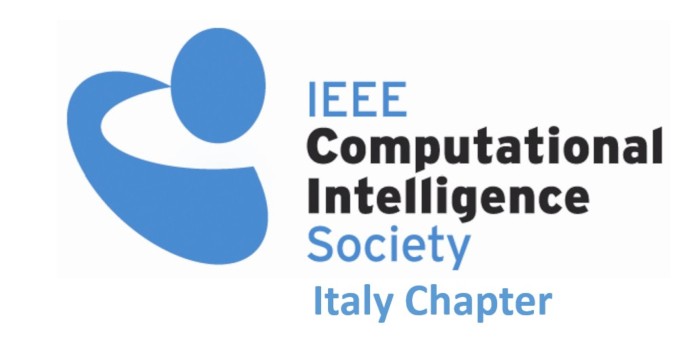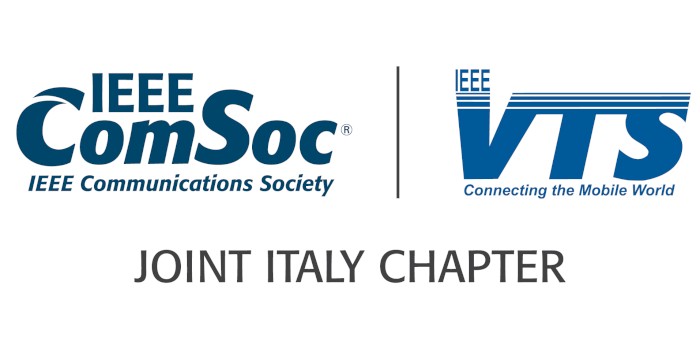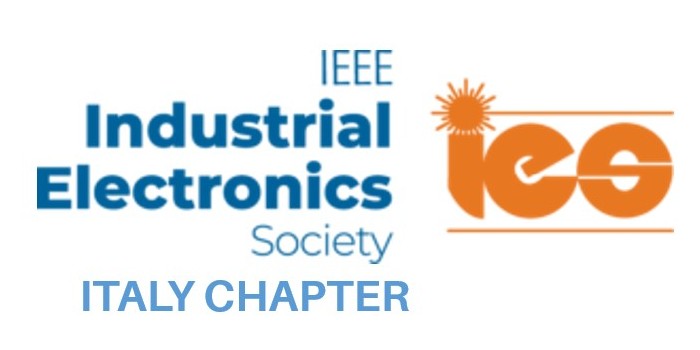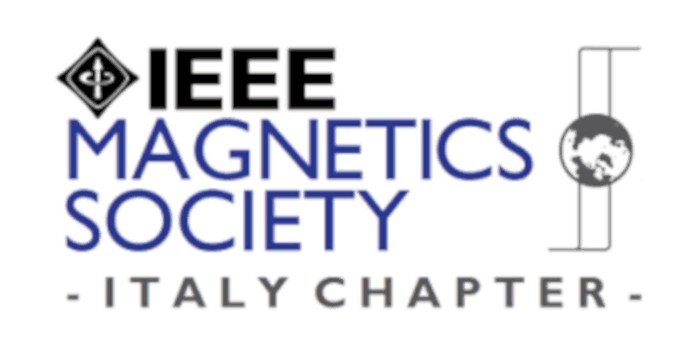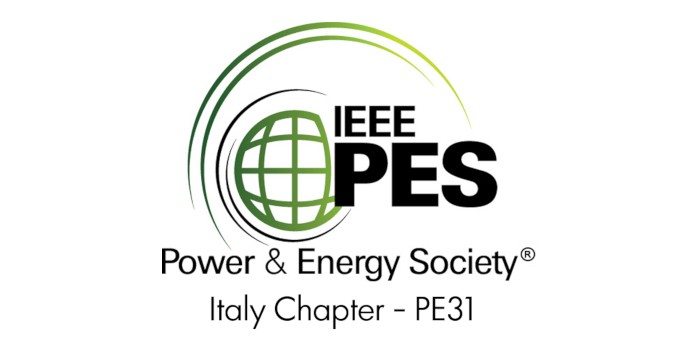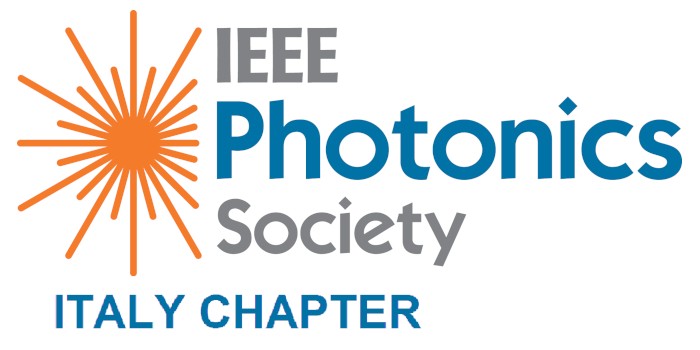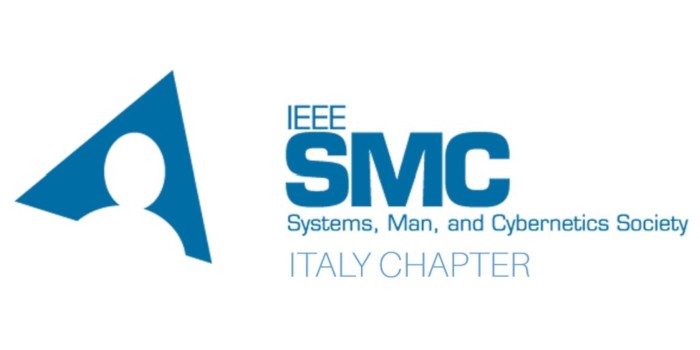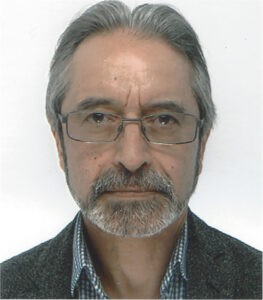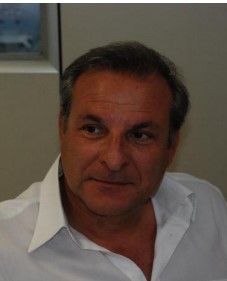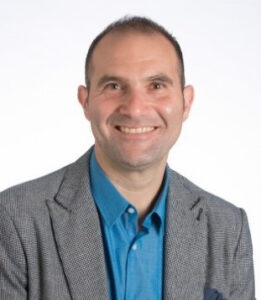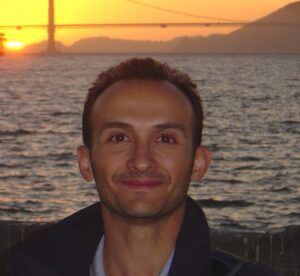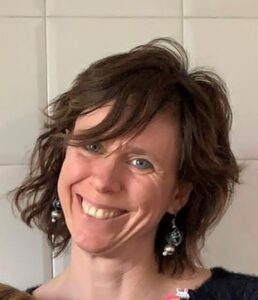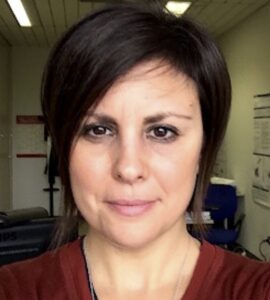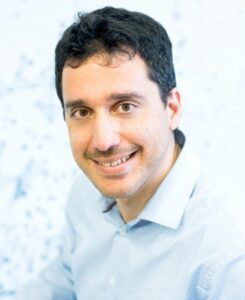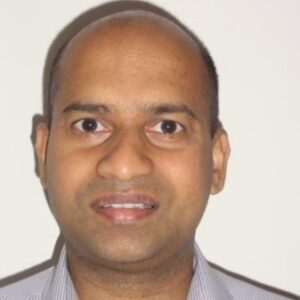Recent Advances in the Assessment and Certification of AI Ethics
Chair & Technical Editor, IEEE 7000 Standard
Vice Chair and Process Architect, IEEE Ethics Certification Program for Autonomous and Intelligent Systems
ABSTRACT – This tutorial will cover the latest advances on technology ethics and two IEEE initiatives namely IEEE 7000 standard and the Ethics Certification Programme for Autonomous and Intelligent Systems (ECPAIS). These provide a basis for raising awareness and providing a systematic framework for the innovators, researchers and technologists as well as small and large enterprises involved in AI and technology innovation and development. The main focus is on Autonomous Decision Making and Algorithmic Learning Systems and two complementary approaches to the risk reduction in societal harms and ethical assurance of these technologies.
SHORT BIOGRAPHY – Ali is currently the Director of R&D and Innovation at Vega Systems. He extensive track record in systems assurance and safety, security, sustainability, knowledge assessment/management methodologies and has a background in design and development of advanced control systems for business and safety critical industrial applications.
Ali represents UK on CENELEC & IEC safety systems, hardware & software standards committees. He was appointed by CENELEC as convener of a number of Working Groups for review of EN50128 Safety Critical Software Standard. Ali also a member of Cyber Security Standardisation WG26 Group and started and chairs the IEEE SMC and the Systems Council Chapters in the UK and Ireland Section.
During 2017 Ali joined the IEEE Standards Association (IEEE SA) initially as a committee member for the new landmark IEEE 7000 standard focused on “Addressing Ethical Concerns in System Design”. He was subsequently appointed as the Technical Editor and later the Chair of IEEE 7000 standard. In November 2018, he was appointed as the VC and Process Architect of the IEEE ‘s global Ethics Certification Programme for Autonomous & Intelligent Systems (ECPAIS).
Ali is a Visiting Professor at London City University’s Centre for Systems and Control in the School of Engineering & Mathematics and at Beijing Jiaotong University School of Electronics & Information Engineering. He is also a Fellow of Royal Society of Arts (FRSA), Fellow of the UK Institution of Engineering & Technology (IET) and a Life Senior Member of IEEE.
Tutorial 1.1: Challenges and Solutions for the Green Transition
University of Palermo, Italy
ABSTRACT – It can be stated that the sustainable development of our planet is considerably related to a significant and constant reduction of environmental pollution in the next years. In this perspective, the technological transition of power production from traditional energy sources to 100% renewable energy sources, represents a valuable solution to the global climate change challenge, decreasing Greenhouse Gas (GHG) emissions. Indeed, this is one of the most relevant actual topics of all governments policy and it has considerable attention in the scientific community. As well known, electrical power systems are changing from centralized generation systems to distributed generation systems due to the increase of renewable energy sources. In the next future, the main grid will be composed by interconnected microgrids that can be managed and controlled independently. In particular, in a power system with conventional power plants, where synchronous machines are adopted, and distributed generation plants, where static conversion systems are used, the system stability is entrusted only on the conventional power generation systems thanks to their rotating inertia and damping. Indeed, static power converters cannot provide inertia and damping to power systems, so they are vulnerable to power dynamics and system faults. Thus, power system stability is degraded as the penetration of renewable energy sources increases and this issue is amplified in a possible future power system with only renewable sources. The “Smart Inverters” concept represents a promising solution to overcome the operative limits of traditional renewable energy sources. A Smart Inverter is an inverter with the capability to make a proactive and autonomous decision based on local measurements and external data. This new concept allows obtaining an energy source able to perform different functions, in real-time operations, like gridsupporting mode to provide ancillary services or grid-forming mode in the case of islanded microgrid following a fault. Also, innovative energy storage systems and hybrid solutions play an important role in order to ensure a power reserve to increase grid stability. In this context, the aim of this tutorial is to provide the audience with the actual scenario and the future perspective on the innovative solutions and control strategies in the inverter-based renewable energy sources. Moreover, a detailed overview of the energy storage systems and innovative hybrid solutions will be discussed. More in detail, the tutorial is structured as follows: The first part will be focused on the actual technological transition to an electrical system with 100% renewable energy sources in terms of innovations and operative limits of the traditional systems. These innovative paradigms will also address the social impact and government policies. The second part of the tutorial will examine the new scenarios of the future power system in terms of the interconnected microgrids with particular attention to the stability of the low-inertia systems. Finally, the tutorial will give particular attention to the Smart Inverters and their features and challenges in terms of functions, performance improvement, and operation mode. An extensive analysis regarding the control strategies based on the Virtual Synchronous Machine concept and multilevel technologies will be provided. Moreover, a part of this tutorial will be focused on storage systems, innovative hybrid solutions, and management strategies.
SHORT BIOGRAPHY – Rosario Miceli received the MSc and Ph.D. degree in Electrical Engineering from the University of Palermo, respectively in 1982 and 1987. From 1992 he was Assistant professor and from 2003 Professor of Electrical Machines at University of Palermo, Italy. He is currently Professor of Electrical Machines, Power Electronics and Systems Automation with the Faculty of Engineering, University of Palermo. He is Personnel-in-Charge of the Sustainable Development and Energy Savings Laboratory of the Palermo Athenaeum. His main research interests include mathematical models of electrical machines, drive-system control, diagnostics, renewable energies, and energy management. He has published more than 150 technical papers, 1 chapter of a book and a book (Energy Management via Connected Household Appliances. vol. 1, p. 1-162, McGraw-Hill, ISBN:978-88-386-6676-6).
Tutorial 1.2: Resilience in low-carbon grids
The University of Melbourne, Australia
The University of Manchester, UK
ABSTRACT – Our understanding of the classical reliability concepts of security and adequacy is increasingly being challenged by the rising penetration level of variable renewable energy (VRE) sources and distributed energy resources (DER) and the more frequent occurrence of extreme, high-impact low-probability (HILP) events – for instance driven by climate change – with potentially catastrophic impacts.
In this tutorial, we will discuss how there is a need for introducing new analysis and modelling frameworks to deal with the increasing fragility of low-carbon grids and exposure to climate change-driven extreme events. The key desirable features of such frameworks will be presented for both operation and planning and from both technical and economic/commercial perspectives, along with metrics, methodologies and modelling tools that can help make future systems more secure, reliable and resilient. Several conceptual, modelling and analytical challenges, approaches and solutions will be outlined.
The key question that will be addressed is whether power and energy systems should be made “stronger” (e.g., through component hardening), “bigger” (more redundant, through investment in new transmission/generation asset) or “smarter” (through new smart grid technologies and operational and commercial practices).
Besides different examples taken from the lecturer’s several international projects in the area, the South Australia “Black System” event of September 2016, the UK demand disconnection event of August 2019, and the Texas power crisis of February 2021, will be taken as “textbook” case studies to practically illustrate some of the general concepts presented.
SHORT BIOGRAPHY – Pierluigi Mancarella is Chair Professor of Electrical Power Systems at the University of Melbourne, Australia, and part-time Professor of Smart Energy Systems at the University of Manchester, UK.
Pierluigi obtained the PhD degree in Electrical Energy Systems from the Politecnico di Torino, Italy, was a Research Associate at Imperial College London, UK, and held visiting research positions at Sintef/NTNU in Norway and NREL in Colorado, as well as visiting professorships at Ecole Centrale de Lille in France, the Universidad de Chile, and Tsinghua University in China.
In the last 15 years Pierluigi has been involved in/led some 70 research projects and consultancy and professional activities in the UK, Europe, Australia, and internationally, in the areas of multi-energy systems, grid integration of renewables, reliability and resilience of low-carbon networks, and energy infrastructure planning under uncertainty.
Pierluigi is author of several books and book chapters and over 300 research papers. Among his various activities, he is an Editor of the IEEE Transactions on Smart Grid, the IEEE Transactions on Power Systems, and the brand-new Oxford Open Energy; an IEEE Power and Energy Society Distinguished Lecturer; the past Chair of the Energy Working Group of the IEEE European Public Policy Initiative; the Convenor of the Cigre Working Group C6/C2.34 “Flexibility provision from distributed energy resources”; the lead of the “Regulatory Framework” Task of the Cigre Working Group C4.47 “Power system resilience”; and the Technical Chair of the 2022 International Symposium on Microgrids. Pierluigi is the recipient of a 2018 International Newton Prize for his research work on power system resilience to earthquakes in Chile and, in the past five years, has been a regular consultant for the Australian government, the Australian energy market operator, the Australian energy market commission, and the Australian energy regulator, on low-carbon power system security and resilience matters.
Tutorial 2.1: Pushing Intelligence to the Edge of Internet of Things: A new Paradigm enabling Next-Generation Smart Systems of Systems
University of Calabria, Italy
ABSTRACT – Internet of Things will not be only a new worldwide network interconnecting trillions of (smart) devices but, most importantly, a platform (system of systems) where to develop a new wave of (cyber-physical) services for humans and machines. In this context, in order to build IoT systems, the so-called IoT-Edge-Cloud continuum paradigm is having tremendous focus from the research community as well as from the industry. This paradigm can therefore be an enabler to push intelligence from the core of the network to its edge: from centralized data mining to embedded machine learning in tiny IoT devices to federated machine learning involving networks of edge devices. Moreover, methodologies are emerging to support analysis, design, implementation and evaluation of solutions involving mining and machine learning at the IoT edge. In this talk, we will focus on IoT from both the architectural and machine learning at the edge perspectives. Finally, some use cases will be discussed related to mobile edge computing, ambient assisting living environments, and intelligent transportation systems.
SHORT BIOGRAPHY – Giancarlo Fortino (SM’12) is Full Professor of Computer Engineering at the Dept of Informatics, Modeling, Electronics, and Systems of the University of Calabria (Unical), Italy. He received a PhD in Computer Engineering from Unical in 2000. He is also distinguished professor at Wuhan University of Technology and Huazhong Agricultural University (China), high-end expert at HUST (China), senior research fellow at the Italian ICAR-CNR Institute, CAS PIFI visiting scientist at SIAT – Shenzhen, and Distinguished Lecturer for IEEE Sensors Council. He is Web of Science Highly Cited Researcher 2020. He is the chair of the PhD School in ICT, the director of the Postgraduate Master course in INTER-IoT, and the director of the SPEME lab at Unical as well as co-chair of Joint labs on IoT established between Unical and WUT, SMU and HZAU Chinese universities, respectively. His research interests include wearable computing systems, e-Health, Internet of Things, and agent-based computing. Fortino is currently the scientific responsible of the Digital Health group of the Italian CINI National Laboratory at Unical. He is author of 500+ papers in int’l journals, conferences and books. He is (founding) series editor of IEEE Press Book Series on Human-Machine Systems and EiC of Springer Internet of Things series and AE of premier int’l journals such as IEEE TAFFC-CS, IEEE THMS, IEEE IoTJ, IEEE SJ, IEEE JBHI, IEEE SMCM, IEEE OJEMB, IEEE OJCS, Information Fusion, JNCA, EAAI, etc. He organized as chair many int’l workshops and conferences (100+), was involved in a huge number of int’l conferences/workshops (500+) as IPC member, is/was guest-editor of many special issues (60+). He is cofounder and CEO of SenSysCal S.r.l., a Unical spinoff focused on innovative IoT systems. Fortino is currently member of the IEEE SMCS BoG and of the IEEE Press BoG, and chair of the IEEE SMCS Italian Chapter.
Tutorial 3.1: The era of digital biomarkers in cardiovascular disease
Politecnico di Milano, Italy
ABSTRACT – According to the World Health Organization, cardiovascular diseases are the leading cause of death accounting for 30% of deaths worldwide. Among these diseases, the incidence and prevalence of pathologies related to atrial electrical disfunctions, mainly involving supraventricular arrhythmias (SVAs) are today reaching pandemic proportions. SVAs are highly debilitating for the patient, ranging from a reduced quality of life to the development of stroke events.
Today’s standard for health screening is a clinical visit to a health facility where assessments are performed through the identification of biomarkers, that represent a snapshot in time that, on the one hand, may not identify the pathology, and, on the other hand, requires specific follow-on clinical visits. In this context, digital medicine may help through the use of technologies and tools for the measuring of human health biomarkers in a more pervasive and effective way, increasing the possibility of identifying the pathology and hence reducing the need for further visits. Data generated from wearables can potentially create personalized baselines for health and can help improve population health, advance clinical research, and guide the development of new devices. Collecting, processing and understanding of digital biomarkers extracted from such novel devices are an intensive and challenging process that requires an interdisciplinary effort, ranging from artificial intelligence to ethical and legal aspects.
SHORT BIOGRAPHY – Valentina Corino received the Master degree cum laude and the PhD degree in Bioengineering from Politecnico di Milano (Italy) in 2004 and 2008, defending a thesis on signal processing during atrial fibrillation. She continued her research on biomedical signal processing with main interests in signals of cardiovascular origin, especially regarding supraventricular arrhythmias to detect and characterize arrhythmia episodes. Her research activity also deals with analysis of biomedical images of oncological patients by means of radiomics to predict patient response to treatment. Since 2021 she is Associate Professor at the Department of Electronics, Information and Bioengineering, Politecnico di Milano and responsible of the LEGO lab (DigitaL tEchnologies for imaGing and sensOrs) inside the joint research center “Cardio Tech-lab, Modeling and Application for Human Health” with IRCCS Centro Cardiologico Monzino (Milan, Italy). She is author of more than 50 peer reviewed papers on international journals, 5 book chapters and more than 60 conference papers.
Tutorial 3.2: Cardiovascular parameters and monitoring systems for patients in intensive care unit
Politecnico di Milano, Italy
ABSTRACT – In this tutorial the circulatory shock will be defined and used as a key example to show the importance for the hemodynamic monitoring in the intensive care unit (ICU). As covid pandemic taught us, ICU is particular hospital ward where patients with severe or life-threatening illnesses and injuries are admitted, they require constant care, close supervision from life support equipment and medication in order to be stabilized and to avoid life-threatening events. ICUs are staffed by highly trained physicians, nurses and respiratory therapists. The available technology and the key methodological aspects behind the parameters commonly used in clinical practice will be overviewed (e.g. gold standard measurement and beat-to-beat estimation of cardiac output, estimation of cardiac afterload and preload). The integration of artificial intelligence in the monitoring systems represents a great opportunity, the automatic risk stratification could be helpful in prioritizing risky patients and in better managing the staff workload. Some examples will be illustrated.
SHORT BIOGRAPHY – Manuela Ferrario (PhD in Bioengineering, 2007) has been Assistant Professor (2011-2021) and she has been Associate Professor at Politecnico di Milano since 2021. She collaborated with the Renal Research Institute, New York City, USA and with the Hospital San Bortolo, Vicenza on the analysis of heart rate variability (HRV) and biological cardiovascular signals in haemodialysis patients (Fresenius Medical Care fellowship). She collaborated with Università Tor Vergata, Roma, on methods to identify perioperative cardiovascular and hemodynamic risk in patients under anesthesia and to monitor cardiovascular hemodynamics invasively/noninvasively during surgical intervention (grant FIRB 2010-2013). He worked on vital signals for affective computing in psychological disorders in collaboration with San Raffaele Hospital and Università degli Studi di Milano (grant FIRB 2013-2016). She was in charge of hemodynamic monitoring (WP#7) and member of the scientific committee of the EU project “Shockomics: multiscale approach to the identification of molecular biomarkers in acute heart failure induced by shock” (2013-2017).
Her research interests include: machine learning and data mining techniques for metabolomics data analysis and multilevel integration; hemodynamics monitoring and mathematical modeling of cardiovascular system; methods to estimate autonomic control systems from non invasive or minimally invasive recordings in critical ill patients; artificial intelligence methods to analyse large scale database with data collected from ICU patients.
Tutorial 4.1: 5G localization: from research to standardization
IMDEA Networks
Samsung R&D, U.K.
ABSTRACT – Localization will greatly increase the overall value of the 5G ecosystem and beyond, exploiting both new waveforms, denser deployments, larger bandwidths and antennas, as well as other wireless technologies integrated in todays’ smartphones. The 3GPP localization framework (eLCS) is also expanding to support these developments, but new technical challenges have also emerged in supporting different 5G verticals. Building on top of the current effort in 3GPP, the main findings from the research conducted in the framework of the H2020 LOCUS project will be presented, as well as its contribution to the ongoing standardization activities until the most recent Release 18. Future directions for 3GPP eLCS to evolve are also discussed, in view of the current challenges.
SHORT BIOGRAPHIES – Domenico Giustiniano is Research Associate Professor (tenured) at IMDEA Networks Institute and leader of the Pervasive Wireless System Group. Dr. Giustiniano is leader of the OpenVLC project, an open-source platform for research in visible light communication networks and co-founder of the non-profit Electrosense association, a crowd-sourcing initiative to collect and analyse spectrum data. Before joining IMDEA, he was a Senior Researcher and Lecturer at ETH Zurich. He also worked for a total of four years as Post-Doctoral Researcher in industrial research labs (Disney Research Zurich and Telefonica Research Barcelona). He holds a PhD in Telecommunication Engineering from the University of Rome Tor Vergata (2008), and Executive Education from IE Business School on Management Fundamentals and Skills for Scientists and Researchers (2021). He is the project coordinator of the H2020 European Training Network ENLIGHT-EM on low-energy Visible Light Communication for IoT (2019-2023). Dr. Domenico Giustiniano is senior member of IEEE and ACM societies.
Mythri Hunukumbure is a Principal Research Engineer and a Project Lead at Samsung Electronics R&D Institute UK. In an industry career spanning over 15 years, he has contributed to and later led mobile communication research, standardisation and product development activities. Prior to joining Samsung UK, he was with Fujitsu Research Labs Europe. While at Samsung, he has participated in flagship EU projects mmMAGIC, ONE5G and 5G LOCUS as work package leader. Also he is actively contributing to 3GPP RAN1 and SA2 standardisation topics, securing vital IPR. His current research activities involve looking at novel 5G deployment models for emergency services and he has contributed to further the developing Emergency Services Network (ESN) discussions in UK. He has filed around 40 patents and has also published extensively in leading IEEE conferences and journals, receiving best paper award at the World Telecommunications Congress (WTC) in 2012.

